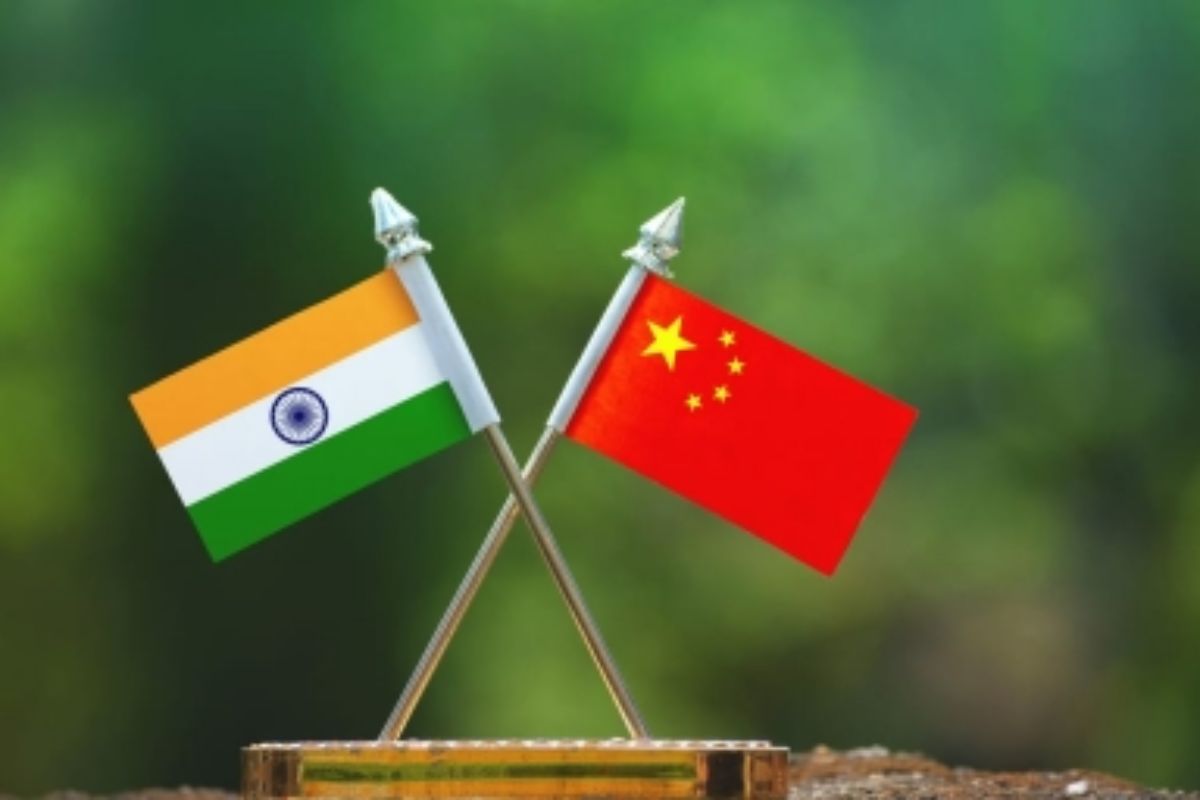It is a sad situation when two neighboring countries that have very strong reasons to be friends find strains in their relationship. Unfortunately this has been true for ties between China and India for over six decades. Whenever two neighbors are wise enough to be friendly rather than hostile, it is helpful and beneficial for both.
This is particularly true in the context of India and China, two countries with the largest populations in the world and huge potential for mutually beneficial cooperation. Both countries suffered from imperialist exploitation for a very long time before coming into their own towards the end of the 1940s. During difficult times of foreign domination people and leaders of both countries had much sympathy for each other, as symbolized best by the selfless service and sacrifice of Dr. Kotnis in China.
Advertisement
Hence the 1950s should have been the time for laying a firm foundation for the friendship and cooperation between these two countries. Had this potential been realised, it would have helped not just these countries but the cause of peace and prosperity of the entire world. While this phase of friendship was initiated, it lasted for only a short period. Hopes of friendship were dashed by China’s invasion of 1962 which was preceded by its excessively aggressive approach towards Tibet.
This was shortsighted on the part of China because the period of Jawaharlal Nehru’s leadership was ideal for advancing the cause of an IndiaChina friendship. Nehru had a strong sense of history and a firm faith in the friendship of India and China based on this understanding. These good intentions received their first jolt from the excessive aggressiveness seen in the unilateral action of China in annexing Tibet without any consultation with India – after all, India had the longest border with Tibet – and with least regard for the sensitivities of the Tibetan people and their traditions.
A more nuanced approach would have helped avoid not just the hostility between India and China, but also the many atrocities suffered by the people of Tibet, the resulting discontent and violence and the subsequent shelter sought by the Dalai Lama and thousands of other Tibetans in India.Some of the atrocities in Tibet were also mixed up with the wider turmoil seen in the course of China’s ‘Great Leap Forward’ of 1958-62 that actually resulted in one of the worst famines of the world.
Together with atrocities, it claimed millions of human lives. While earlier China was seen by justice-loving people of the world to be on the path of equality and justice, this phase exposed the worst aspects of the Chinese system. At the same time, India was seen as a democracy of hope which despite many difficulties had recorded significant achievements in the post-independence period.
It was frustration over this which prompted China to embark on a lightning invasion of India in 1962 which was seen by India as a great betrayal of trust. This was because India, despite several earlier disappointments with China, had continued to help the cause of China internationally. India was caught by surprise and suffered humiliating losses, and the wounds suffered then have never quite healed. China was also swift in withdrawing and although this has been sometimes depicted as a good gesture, the reality is that the withdrawal was as opportunistic as the invasion.
China had taken advantage of the distraction of the USA with the Cuban missile crisis to make a quick invasion, and then withdrew before India could seek American help. It soon became clear that instead of being guided by the broad vision of the two countries progressing together, China saw India as a rival whose problems should be increased. In South Asia, India’s stand, although not always perfect, was generally in the interests of peace and justice as well as unity of third world and nonaligned countries. Hence, if it had been guided by its stated principles, China should have befriended India the most among all South Asian countries.
Instead China chose Pakistan as its friend, despite its routine abuse of democracy, its penchant for military coups and its military alliance with imperialist powers. These trends culminated in China ganging up with the USA in supporting Pakistan’s genocide in the region that was trying to emerge as Bangladesh.
Just imagine – Mao and Kissinger being on the same side in supporting a perpetrator of massacres of innocent people and mass rapes while opposing the liberation movement and also the country (India) which was doing the most to help those affected by the genocide. In fact China continued to be hostile to Bangladesh led by Mujibur Rehman and it was only after the cruel killing of Bangabandhu and his family members that Beijing made any friendly gestures towards Dhaka.
All this must be seen together with other events of the 1970s— China’s invasion of Vietnam, China’s support for the Pol Pot regime and its genocide in Cambodia and China’s unwillingness to firmly oppose (in line with other socialist countries) the events in Chile which led to the ouster and death of President Allende and the initiation of the torture regime of Pinochet. Later China made big policy and ideological changes (while still retaining the name of communism) and integrated itself with the world capitalist system in ways which also then suited the richest countries.
Within this framework China has recorded very high growth rates but is this what the world needs? From the point of view of creating a world based on justice, peace and environment protection, the model that is needed is very different from what is presented by China, an authoritarian country which sought and found integration with the global capitalist system in a big way.Unfortunately several scholars and commentators have placed false hopes in the Chinese model for finding solutions to the world’s several problems.
A much more purposeful approach would be to seek inspiration in several smaller but more sincere efforts which have tried to combine justice, peace and environment protection. Both India and China would benefit much from the sincere pursuit of the path of justice, peace and environment protection. In such conditions there can still be many opportunities for friendship and cooperation. Even without such ideal conditions, the cause of India-China friendship is so important that any time is good for a new beginning.
China has been responsible for destroying these opportunities in the past as it was guided more by dominance and superiority than by genuine friendship. Hence the responsibility for a new beginning of better relations is more with China. But if China makes a sincere effort, then India should certainly respond positively.
(The writer is Honorary Convener, Campaign to Save Earth Now. His recent books include Planet in Peril, Protecting Earth for Children and A Day in 2071.)











